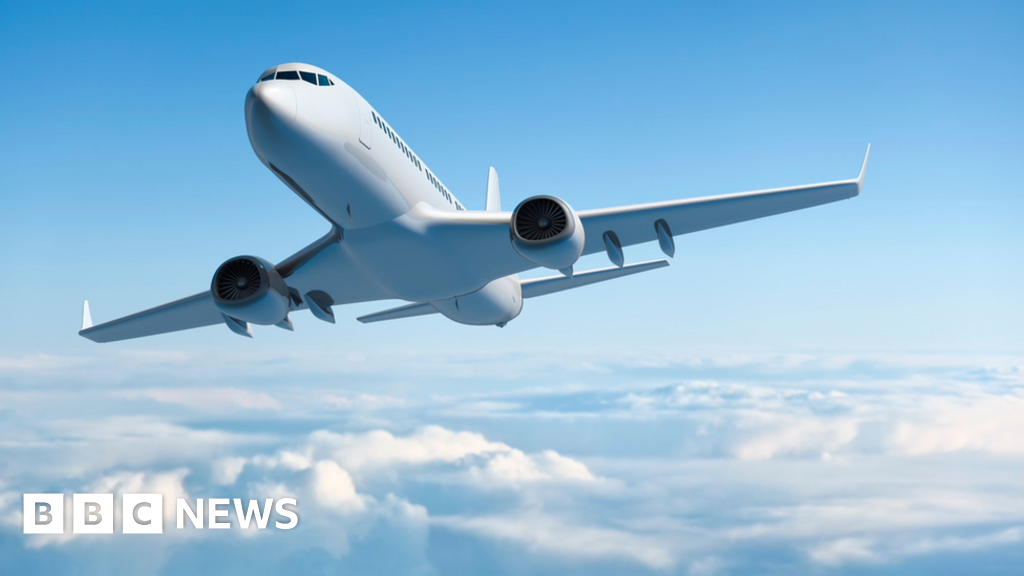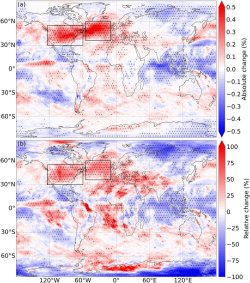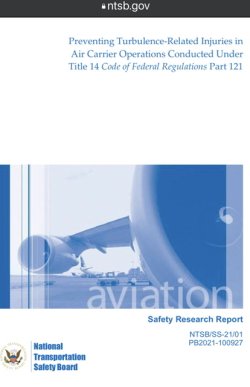Cruiser Elite
Enthusiast
- Joined
- Oct 31, 2010
- Posts
- 13,861
Not sure if posted previously - BA12 Severe Turbulence - Mods pls delete if already posted 
Last edited:
AFF Supporters can remove this and all advertisements
The worst turbulence I have ever experienced was also over the Bay of Bengal.Not sure if posted previously - BA12 Severe Turbulence - Mods pls delete if already posted
Rule #1. If you are seated there is never a reason to have seat belt undone.The worst turbulence I have ever experienced was also over the Bay of Bengal.
From the Straits times:Rule #1. If you are seated there is never a reason to have seat belt undone
In my case all seatbelts were on. They couldn't fly around the storm as it was a massive monsoon front and this occurred at night in the mid 1970's. I don't believe aircraft weather radars were anywhere near as effective in those days - especially on a British Caledonian DC8.Rule #1. If you are seated there is never a reason to have seat belt undone.
Rule #2. Don't fly into storms.
"Severe turbulence increased 55 per cent between 1979 and 2020 and is expected to get more intense, more frequent and last longer in future"

Yes I did read that research article. However it appears that it was an exercise in weather modelling analysis and did not back it up with real world data. They didn't measure actual turbulence data from aircraft.But seems it is based on study of winds/radar across northern Atlantic

"Heading select", and spin the dial.Again the DailyFail Fails...
"The captain had no option but to TRY and turn the plane around"
Must have been an unusual manouvre the pilots have not done before......
Which pretty much encompasses the period I was flying there, and I didn't see any change. If anything it got easier deal with as communications improved."Severe turbulence increased 55 per cent between 1979 and 2020 and is expected to get more intense, more frequent and last longer in future"
See rule #1.From the Straits times:
"everyone flew up in the air, everyone was screaming"
Actually this behaviour is quite common across airlines, and it is terribly unprofessional. If the seat belts are on, NOTHING should be happening. You turn them on when needed, and off, if not. Some airlines seem just leave them on. SQ is notable, but not alone.My recent SQ flight:
Captain illuminated SB sign just at the start of meal service and made the usual announcement
Also said CC "please be very cautious".......
Early in the flight, and heavy, versus late and light. 350 to 390 is probably out of reach for the aircraft going to Europe. Quite a bit of strategy comes into play, as to how you manage the altitude you ask for and when. The A380 was more versatile than the 747 for this, as it could get up higher, earlier.The history of BA12 and QF1 shows the usual altitude in that region is approx FL300. Occasionally FL 280. The reverse is appears to be FL 350-390
It seems like a low cruising altitude. Any insights?
Don't fly into the green bits. The old radars weren't all that bad.In my case all seatbelts were on. They couldn't fly around the storm as it was a massive monsoon front and this occurred at night in the mid 1970's. I don't believe aircraft weather radars were anywhere near as effective in those days - especially on a British Caledonian DC8.
all seatbelts were on
See rule #1.
My recent SQ flight:
Captain illuminated SB sign just at the start of meal service and made the usual announcement
Also said CC "please be very cautious".......
I wonder: is there more chance of R&R leading to head through the roof, or smooth as silk then suddently head in the roof?rocking and rolling at times
Ok at the risk of appearing to be an unarmed man fronting up to a gunfight - clearly there are different procedures / practices / protocols airline to airline is there not.Actually this behaviour is quite common across airlines, and it is terribly unprofessional. If the seat belts are on, NOTHING should be happening. You turn them on when needed, and off, if not. Some airlines seem just leave them on. SQ is notable, but not alone.
I agree that SB sign illumination will always be a calculated judgement call. But once its made, why continue the calculation?if they consider not too severe seat belt sign will be activated and all pax must strap in but Cabin Crew may continue to offer services

 Sample AFF with no advertisements? More..
Sample AFF with no advertisements? More..